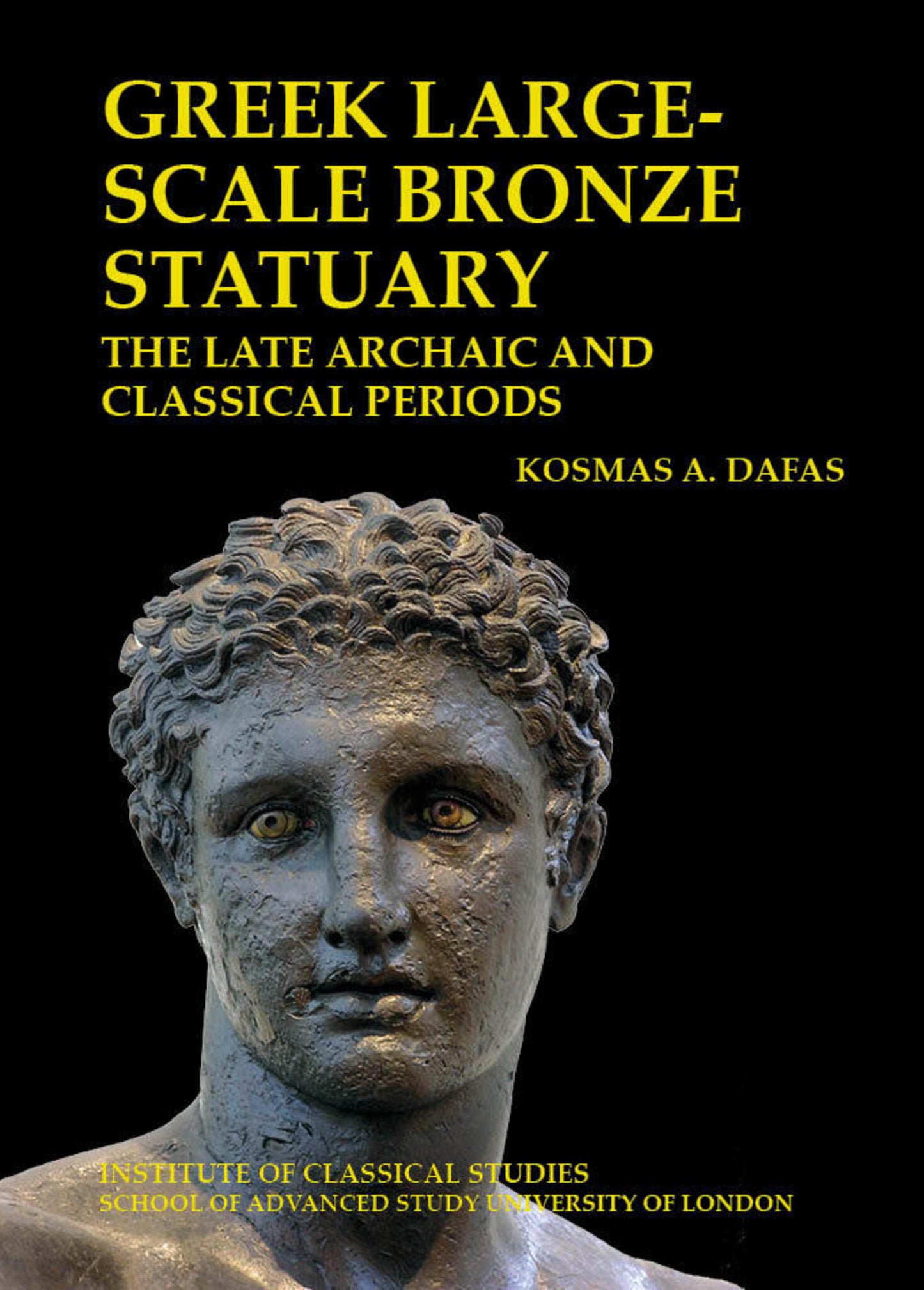We're sorry. An error has occurred
Please cancel or retry.
Greek large-scale bronze statuary: the late archaic and classical periods

Some error occured while loading the Quick View. Please close the Quick View and try reloading the page.
Couldn't load pickup availability
- Format:
-
14 June 2019

This book presents a new study of Greek large-scale bronze statuary of the late Archaic and Classical periods. It examines the discovery, origin, style, date, artistic attribution, identification, and interpretation of the surviving bronzes, and focuses in particular on their technical features and casting techniques. It contains over 170 plates of photographs and drawings to illustrate its discussion.
It also places the development of the casting techniques in connection with the stylistic evolution in Greek free-standing sculpture. During the Classical period, artists preferred bronze to marble when creating their contrapposto figures. Indisputably, bronze gave particular freedom to artists in creating three-dimensional figures. In addition, the evolution in style encouraged the development of the uses of bronze to serve the new needs and tendencies in sculpture during the late Archaic and especially the Classical period. Through the examination of how technical matters affect style, this book presents fresh interpretations of these important monuments of Greek art and offers a new approach in the field of Greek free-standing bronze sculpture.

ART / History / Ancient & Classical, History of art, ART / Techniques / Sculpting, Sculpture

1. INTRODUCTION
2. THE STATUES
3. HEADS AND OTHER FRAGMENTS
4. THE CASTING TECHNIQUES RECONSIDERED
5. CROSSING LINES BETWEEN STYLE AND TECHNIQUE
6. CONCLUSIONS



